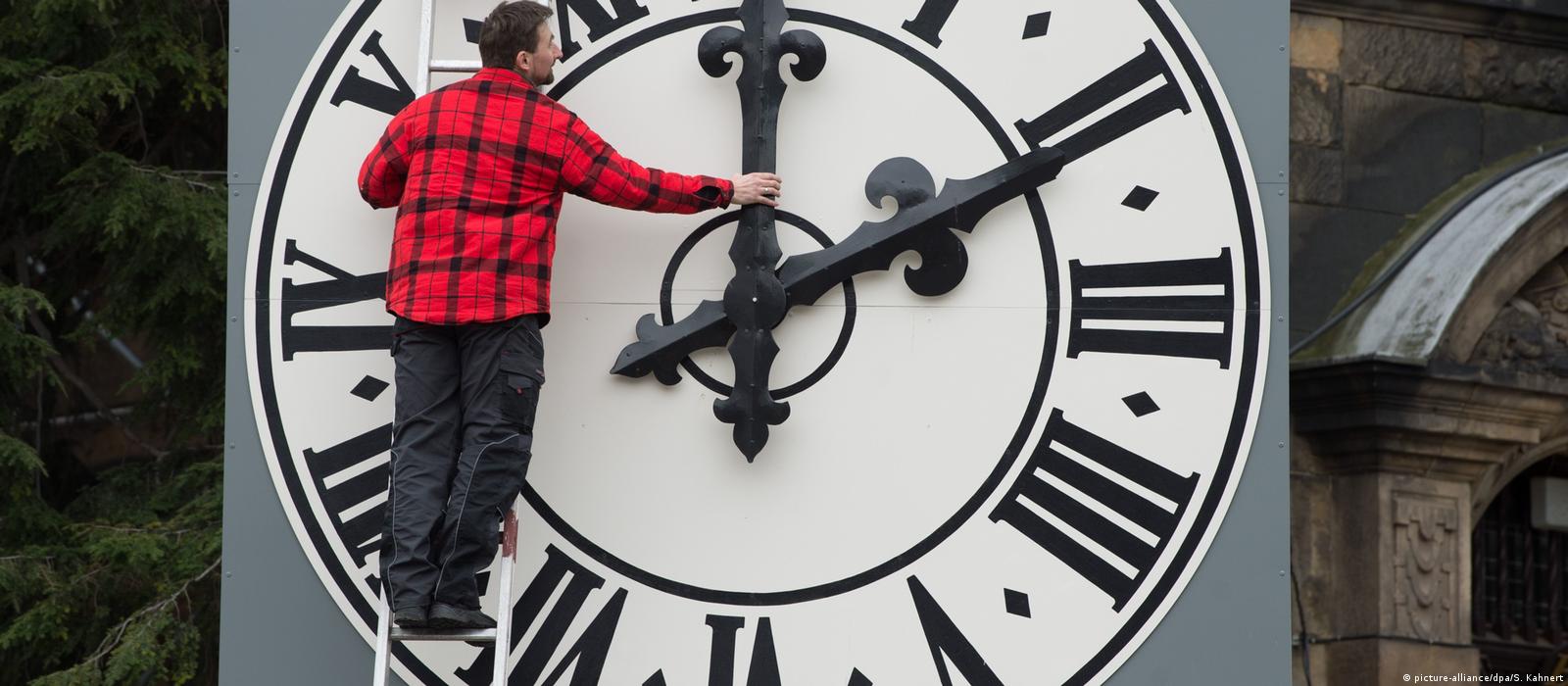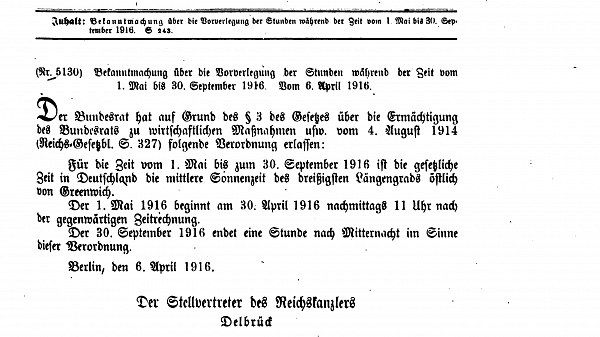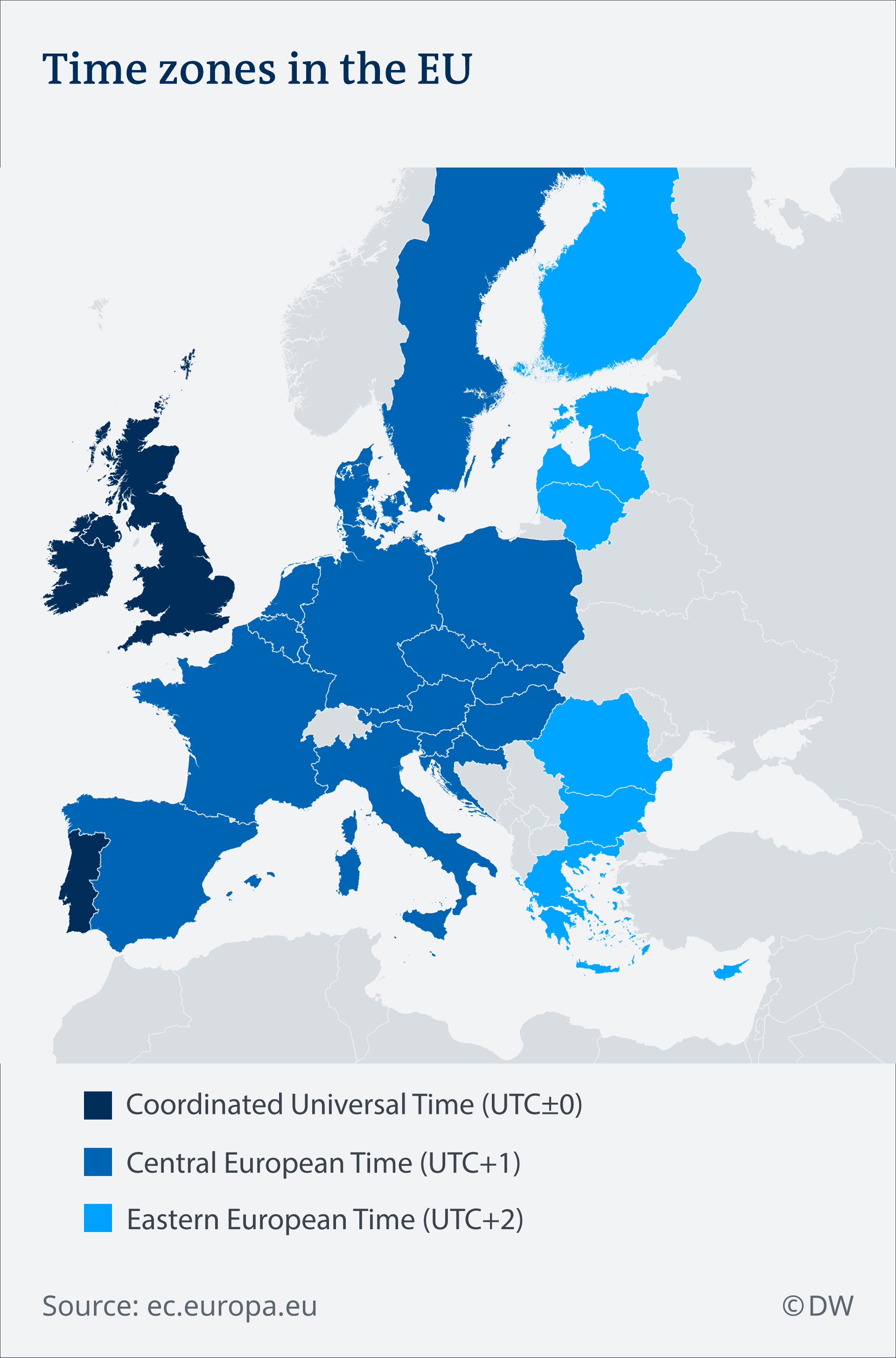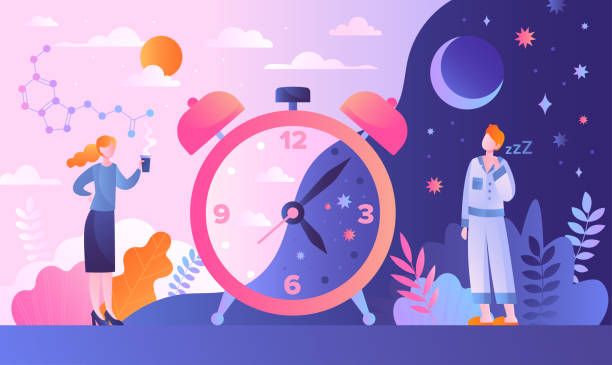Daylight Saving Time (DST) is the practice of setting the clocks forward one hour from standard time during the summer months, and back again in the fall, in order to make better use of natural daylight.
In European countries fall back time was 29 October 2022. In the United States was the 6 November 2022 both at 2:00 A.M.-
Worldwide, more than 70 countries observe daylight saving time.
Clocks were set back 1 hour from 02:00 (2 am) to 01:00 (1 am) local time on Sunday, November 6, 2022.
As always, Europe ended DST a week before the US, on October 30, 2022.
When Germany first set the clocks forward on April 30, 1916, it became the first country in the world to use DST on a national level. However, the town of Thunder Bay in Ontario, Canada implemented DST as far back as 1908.
About DST in the US:
On March 15, 2022, the US Senate surprisingly and unanimously passed the Sunshine Protection Act. The announcement came two days after most of the US set their clocks forward one hour for DST.
If the bill passes the next stage, permanent DST will be the new standard time in all but two states in the US. States that don’t have DST, including Hawaii and most of Arizona, may choose the original standard time.
Many states want to remove DST. 18 states have enacted legislation or passed regulations for permanent DST.
Similar situation in Europe. Most of Europe started DST on 30 October, 2022. However, frustrations with the DST clock changes have led the European Parliament to draft a law to remove DST in the European Union permanently.
The removal of DST was initially planned for 2021, but it did not happen. In 2020 and 2021, Europe, like the rest of the world, was busy handling the health and economic effects of Covid-19.
About DST in Europe:
Years after the proposal to end the seasonal changes of time across the EU was first released, Europeans will on Sunday, 29 October have to again set their clocks back, a practice that's unlikely to change soon.
The European Commission unveiled its proposal to abolish the time change in September 2018 following a public consultation in which an overwhelming majority of the 4.6 million European citizens who took part called for the practice to be brought to an end.
Since then, nothing. Negotiations have still not started in the European Council.
Massive support for halting daylight saving time:
- Over 80 percent of respondents supported abolishing changing the clocks in summer and winter in a survey that ran between July 4 and August 16 2018, according to media reports on the results.
- Some 4.6 million people took part in the online survey, making it the largest one in EU history.
- The survey particularly struck a chord with Germans, with three million taking part.
Time to discuss ending seasonal clock changes has therefore been scarce.
There are currently three standard time zones in the EU:
Times flies
Daylight Saving Time (DST), where clocks are set ahead one hour in early spring and set back one hour in the autumn, was first introduced in Europe in 1916 when Germany, then still at war, was trying to reduce consumption of coal so it could be used for its weapon factories.
Most neighbouring countries, as well as the UK, US and Australia, followed suit.
The practice was mostly abandoned in Europe after World War II but was rolled out once more in the 1970s due to the oil shock, in a renewed bid to reduce the need for artificial light and thus energy use.
A number of studies have since shown that its impact on energy consumption is now negligible thanks in part to advances in technology. Evidence is however mounting that DST has adverse effects on health.
DST & health:
It might seem frivolous to argue over the clocks, but it has real health implications. Disrupted sleep has been associated with heart disease, depression, obesity, reduced cognitive function, stress, memory deficits... The list goes on in the week following the shift to DST. A small bump in car accidents also tends to be recorded.
Unfortunately, sleep was something that, until recently, didn’t get much respect culturally.
That's because our "social clock", ie, the schedule under which our societies operate, and our internal clocks, which are more or less aligned with the sun, are out of whack.
Education:
Teachers know how DST (spring forwards an fall back time) can be disruptive to us, and to students as well. Students feel tired in the morning during the first week or two. We feel a bit stressed too.
- Promote an open debate among your students and at school about DST pros and cons.
- How does DST affect the sleeping time of the students and the full attention during classes.
Activities
Euronews
Schools : Oh no ! Fall-back time, again ! Make You Feel Crappy ? by G-Souto is licensed under a Creative Commons Attribution-NonCommercial-NoDerivatives 4.0 International License.

%2C_William_Saulsbury%2C_Jr._(DE)%2C_and_Joseph_T._LOC_hec.13949_(cropped).tif/lossy-page1-800px-thumbnail.tif.jpg)







No comments:
Post a Comment